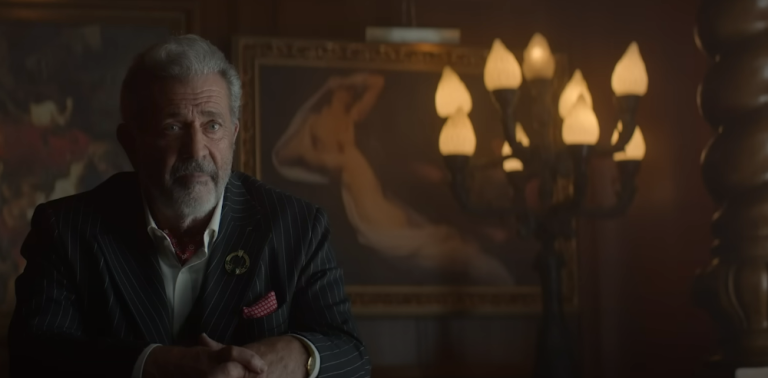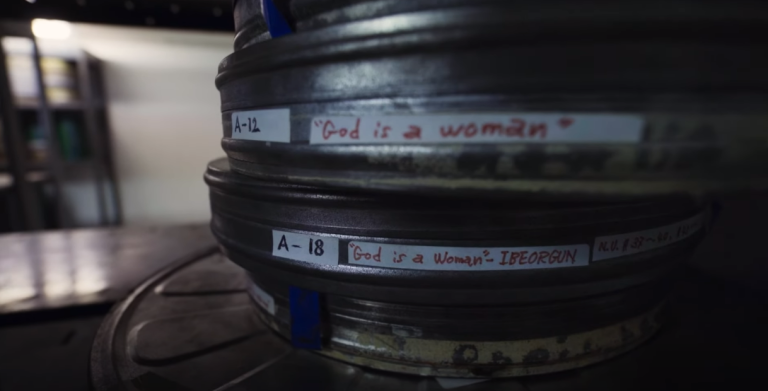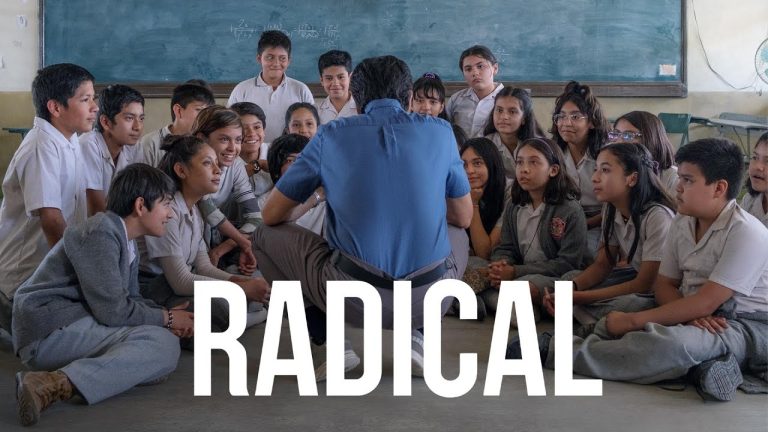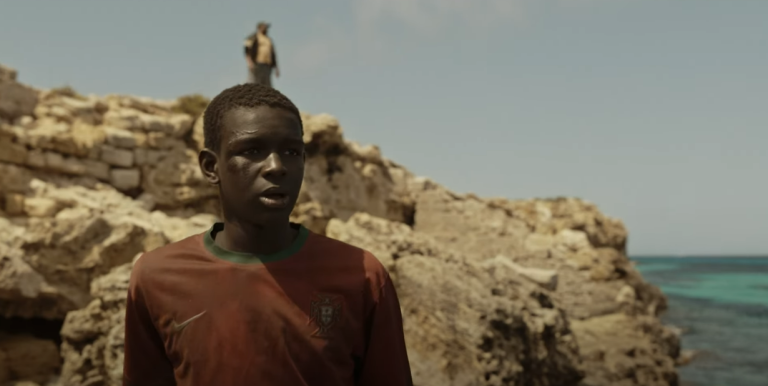
In 2020, “Code 8,” an anti-police sci-fi film by Jeff Chan starring Robbie and Stephen Amell, was released but didn’t gain much attention. However, it later got a Netflix-backed sequel called “Code 8: Part II,” which continues its critique of militarized policing and surveillance.
In “Code 8: Part II,” set five years after the first film, Robbie Amell plays Connor, a small-time crook recently released from prison. Stephen Amell plays Garrett, Connor’s former partner in crime. Both are “Powers,” individuals with superpowers in a society where they are marginalized and heavily policed.

In the first film, “Code 8,” many “powered” individuals must either conceal their abilities or resort to crime due to societal marginalization. Their powers are exploited to produce a drug called Psyke, made from their spinal fluid, leading to trafficking and corrupt dealings with the police.
In “Code 8: Part II,” the corruption within the police system is explored further. Sergeant “King” Kingston, played by Alex Mallari Jr., is introduced. He leads a new robotic K9 program, replacing the violent robotic “Guardians” from the first film, and is involved in the Psyke drug trade.

The main antagonist ” Sergeant “King” Kingston tries to gain community approval for the new K9 robot cops through a block party. However, when one of the robots kills Tarak, one of Garrett’s runners, it becomes clear that they can be commanded by a human officer to kill. Pavani, Tarak’s fourteen-year-old sister and a transducer with the ability to disrupt technology, disables the K9 unit and exposes the truth about their violence.
As a result of a task gone awry, ” Sergeant “King” Kingston targets Pavani for elimination, leading Connor and Garrett to join forces to protect her. Garrett struggles to balance his drug business, community support, and evading the police. Officer Davis, Park’s partner, appears but has a limited role. The film doesn’t clearly take a stance on whether the corruption is isolated or systemic within the police force, leaving the question unanswered as the story unfolds.

The writing of the sequel isn’t as focused as the first film has it, with multiple writers contributing to final product. Despite this, Jeff Chan’s visual storytelling is still strong, creating a gritty atmosphere reminiscent of the Rust Belt. The setting, from the rundown community center to the diner, reflects a cold and bleak environment throughout the film.
The action scenes are cheesy but enjoyable, with both Amells fully embracing their superpowers. They manipulate objects and control lightning with a serious tone. One standout sequence involves Tamera, who can erase memories, adding tension and mood. Mina, Connor’s boss who can repel bullets, is also a great new character.

Unlike the first film which balanced heist action with meaningful character moments, there’s less time for the characters to develop. Conversations feel rushed, serving mainly as plot devices rather than allowing us to connect with the characters. While the Amell brothers try to add depth, there’s not enough room for their characters to grow. A late twist about King’s motives feels sudden, hinting at deeper themes of assimilation versus community that could have been explored more fully earlier in the film.
The film criticizes the militarized police state and copaganda films, but its ending suggests that exposing corruption and violence leads to punishment and system reforms, which isn’t always true in reality. The idea that a city would defund its police for a community center seems far-fetched, but perhaps it’s the hopeful fiction we need.






